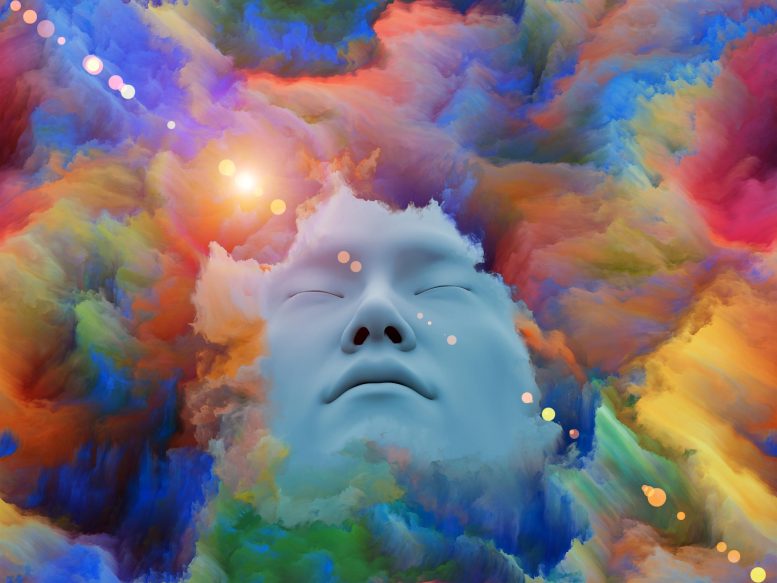
A study at Imperial College London examined the effects of DMT (dimethyltryptamine), a potent psychedelic compound, on brain function using detailed brain imaging data from 20 healthy volunteers. The results, published in the journal PNAS, showed increased connectivity across the brain and enhanced communication between various areas and systems, particularly in regions associated with higher-level functions like imagination. This is the first study to closely track brain activity before, during, and after the DMT experience.
Scientists have gleaned new insights into how psychedelics alter conscious experience via their action on brain activity.
In a study at Imperial College London, detailed brain imaging data from 20 healthy volunteers revealed how the potent psychedelic compound, DMT (dimethyltryptamine), alters brain function. During the immersive DMT experience, there was increased connectivity across the brain, with more communication between different areas and systems. The changes to brain activity were most prominent in areas linked with ‘higher level’ functions, such as imagination.
DMT is a potent psychedelic found naturally in certain plants and animals. It occurs in trace amounts in the human body and is the major psychoactive compound in ayahuasca – the psychedelic brew prepared from vines and leaves and used in ceremonies in South and Central America.
The study, published on March 20 in the journal PNAS, is the first to track brain activity before, during and after the DMT experience in such detail.
Dr. Chris Timmerman, from the Centre for Psychedelic Research at Imperial College London, and first author on the study, said: “This work is exciting as it provides the most advanced human neuroimaging view of the psychedelic state to date.
“One increasingly popular view is that much of brain function is concerned with modelling or predicting its environment. Humans have unusually big brains and model an unusually large amount of the world. For example, like with optical illusions, when we’re looking at something, some of what we’re actually seeing is our brain filling in the blanks based on what we already know. What we have seen with DMT is that activity in highly evolved areas and systems of the brain that encode especially high-level models becomes highly dysregulated under the drug, and this relates to the intense drug ‘trip’.”

Ayahuasca is a traditional Amazonian plant brew with psychoactive properties, used for centuries by indigenous tribes in South and Central America for spiritual and healing purposes. The brew is made by combining DMT-containing plants, such as Psychotria viridis, with a source of monoamine oxidase inhibitors (MAOIs) like Banisteriopsis caapi. The MAOIs enable DMT to be orally active by inhibiting enzymes that would usually break it down in the digestive system. When consumed, ayahuasca induces a profound, long-lasting psychedelic experience, often characterized by intense visual and auditory hallucinations, emotional introspection, and a sense of spiritual awakening.
Unlike other classic psychedelics, such as LSD or psilocybin, DMT’s effects on the brain are relatively brief, lasting a matter of minutes, rather than hours. DMT can produce intense and immersive altered states of consciousness, with the experience characterised by vivid and bizarre visions, a sense of ‘visiting’ alternative realities or dimensions, and similarities with near-death experiences. But exactly how the compound alters brain function to account for such effects has been unclear.
In the latest study, 20 healthy volunteers were given an injection of the drug while researchers from Imperial’s Centre for Psychedelic Research captured detailed imagery of their brains, enabling the team to study how activity changes before, during and after the trip.
Volunteers received a high dose of DMT (20mg, given intravenously), while simultaneously undergoing two types of brain imaging: functional magnetic resonance imaging (fMRI) and electroencephalography (EEG). The total psychedelic experience lasted about 20 minutes, and at regular intervals, volunteers provided a rating of the subjective intensity of their experience (on a 1 to 10 scale).
The fMRI scans found changes to activity within and between brain regions in volunteers under the influence of DMT. Effects included increased connectivity across the brain, with more communication between different areas and systems. These phenomena, termed ‘network disintegration and desegregation’ and increased ‘global functional connectivity’, align with previous studies with other psychedelics. The changes to activity were most prominent in brain areas linked with ‘higher level’, human-specific functions, such as imagination.
The researchers highlight that while their study is not the first to image the brain under the influence of psychedelics or the first to show the signatures of brain activity linked to psychedelics, it is the first to combine imaging techniques to study the brain during a highly immersive psychedelic experience. They explain the work provides further evidence of how DMT, and psychedelics more generally, exert their effects by disrupting high-level brain systems.
Prof Robin Carhart-Harris, founder of the Centre for Psychedelic Research at Imperial College London, and senior author on the paper (now working at the University of California, San Francisco), commented: “Motivated by, and building on our previous research with psychedelics, the present work combined two complementary methods for imaging the brain imaging. fMRI allowed us to see the whole of the brain, including its deepest structures, and EEG helped us view the brain’s fine-grained rhythmic activity.
“Our results revealed that when a volunteer was on DMT there was a marked dysregulation of some of the brain rhythms that would ordinarily be dominant. The brain switched in its mode of functioning to something altogether more anarchic. It will be fascinating to follow up on these insights in the years to come. Psychedelics are proving to be extremely powerful scientific tools for furthering our understanding of how brain activity relates to conscious experience.”
The Imperial team is now exploring how to prolong the peak of the psychedelic experience through continuous infusion with DMT, and some are also advising on a commercially run trial to assess DMT for patients with depression.
Reference: “Human brain effects of DMT assessed via EEG-fMRI” by Christopher Timmermann, Leor Roseman, Sharad Haridas, Fernando E. Rosas, Lisa Luan, Hannes Kettner, Jonny Martell, David Erritzoe, Enzo Tagliazucchi, Carla Pallavicini, Manesh Girn, Andrea Alamia, Robert Leech, David J. Nutt and Robin L. Carhart-Harri, 20 March 2023, Proceedings of the National Academy of Sciences.
DOI: 10.1073/pnas.2218949120
The research was funded by a donation from Patrick Vernon, mediated by The Beckley Foundation.


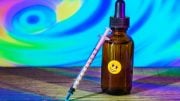

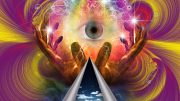
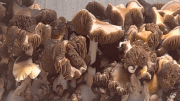

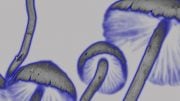
This is interesting. It’s an exciting field of research with big potential.
The article implies “increased connectivity across the brain” is positive, using words like “enhanced”. We’d all like our brains enhanced. The study “Diffusion markers of dendritic density and arborization in gray matter predict differences in intelligence” (Genç, E., Fraenz, C., Schlüter, C. et al., Nature, 2018) found that more dendridic connections correlates to lower intelligence, and lean efficient circuits with higher IQ. Better words to describe it would be the “dysregulated” the article also used. I’m not saying psychadelics make people unintelligent, or at least not beyond temporarily, but a lot more research is needed before positive or negative characterizations of generalized brain changes. Even if this sounds pessimistic, I’m commenting on this because I’m skeptically excited for the potential brain improvements psychadelics could offer.